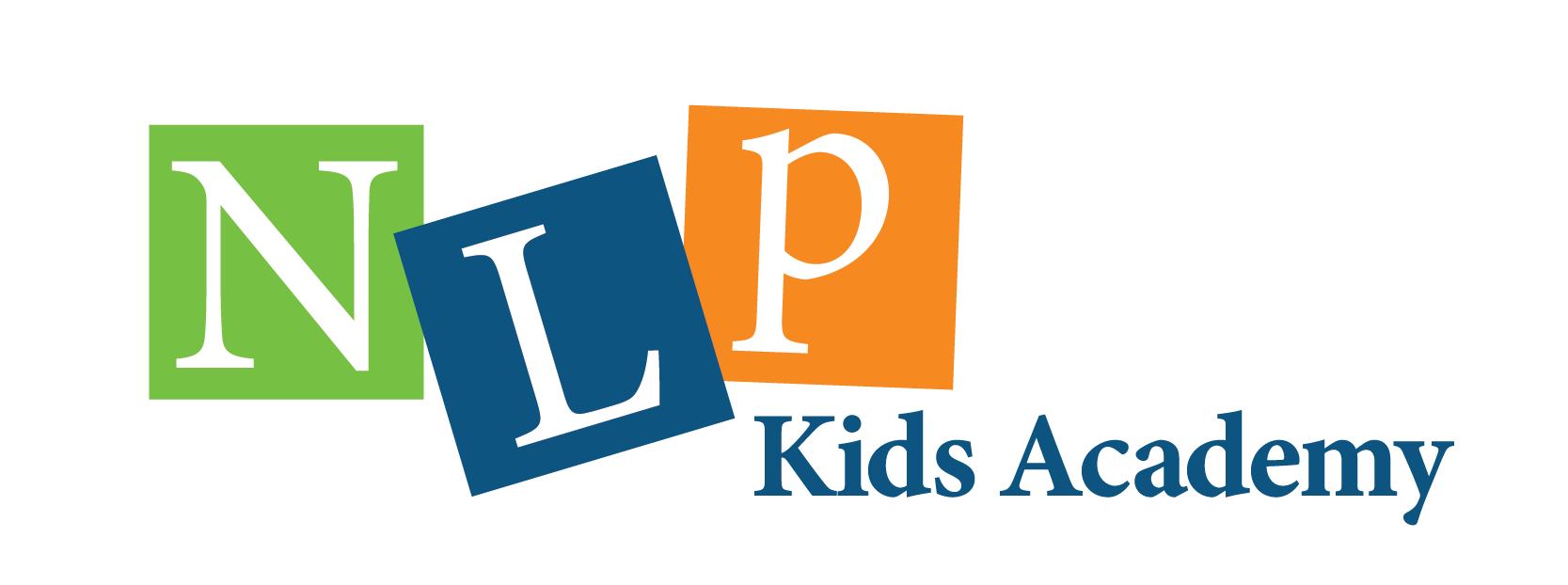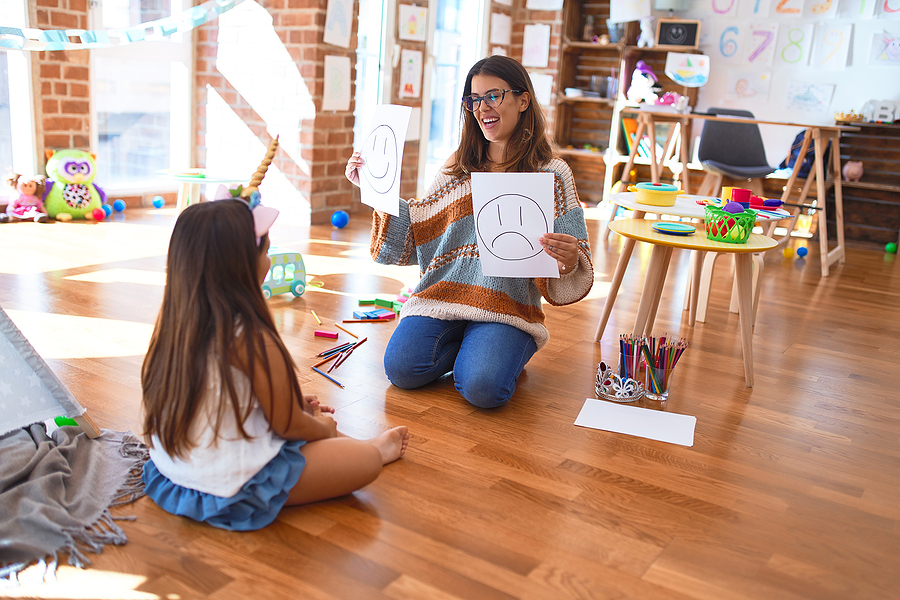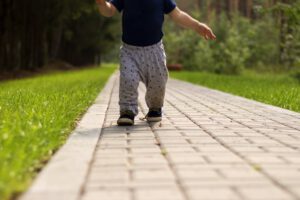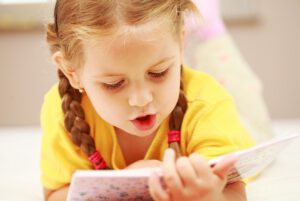There are a number of significant differences when working with adults as opposed to working with children or adolescents. In this article,I chose to lay out the main ten differences – which can help not only parents who seek professionals to work with their children, but also anyone who is interested in learning and becoming an NLP practitioner specializing in children and teenagers. So as to give them as much information as possible to make an informed decision.
1.The child is aware of his challenge and wants to acquire tools to overcome it – When it comes to working with children or adolescents, it’s the parents who initiate the first encounter/phone call. We need to bear in mind that those parents are probably mentally exhausted in the quest for the right treatment to help their child. Therefore, it’s extremely important to enable them to “blow off steam”. However, we mustn’t forget that we work with the child, not with the parent. So, we need to make sure that the following two terms exist:
First, the child is aware of the challenge and second, expresses the will to acquire the skills to help him overcome the issue he struggles with.
Once the two conditions prevail, we make sure he is highly motivated, willingly and actively involved in the process and that the interior motive is what gets him going and not pleasing his parents.( the last thing you want is to sit next to a child and try to convince him that he has a problem he needs to face.)
2.Meeting expectations for two clients (a parent and a child) – there are only a few cases where you can find a correlation between the parent’s expectations and those of his child. Mostly, the parent may present a certain difficulty whereas the child may bring up a totally different issue to work on. In such cases, while it’s important to be attentive to the parents’ expectations, the work will be focused on the child’s will and expectations of the process. Doing so, we, in effect, build up his primary trust in us, as practitioners, as well as in the method and the tools we pass on to him.
Once it is achieved and the child has overcome his issues using the NLP techniques, we could relate to other matters should they be raised by the parents. It is imperative to point, however, that the parents are an integral part of the process by providing us with various angles which might not necessarily be brought up when working with the child.
Also, by keeping us updated on any relevant change they see in their child (they are after all his parents and know him the best).
3.Informality – working with adults is conducted in a more formal way, whereas with children it is not the case. To make it less formal, we use all kinds of fun activities for instance: handing over a ball, playing games, drawing, painting to name a few. It’s a different way of looking at things, as practitioners, we bring our inner child into the process. It’s more like “a child helping another child”, so the chemistry ( the rapport- to use a professional parlance) is built in a short time.
4.Goal versus challenge – Unlike adults who usually approach us with a certain goal they wish to obtain (such as: self-realization, build up confidence etc) , children relate to a specific issue they struggle with ( like, no one wants to be friends with me ..) which in their mind , in their subjective experience ,may be considered as a big deal or as something overwhelming ! Therefore, the first thing to do is to delineate the difficulty into a specific situation, a specific time and place. Once we have done that, it becomes something real and tangible which is defined by boundaries. So, the child knows what he thinks, feels and how to behave in that specific situation. The minute the child learns to cope and handle things the way he would wish for, by making a choice and being aware, it will enable him to act in the same way when facing any challenges that come his way in the future.
Focusing and defining make it possible to work in a “surgically” way,
which makes the process shorter and more efficient
(shorter – than when working with adults).
5. Fixated pattern versus pattern in progress – It’s no secret that the way we respond to certain situations brings about the child in us. Namely, it comes from those patterns we have acquired as children and which have become a part of who we are- our behavioural pattern. Accordingly, when working with adults we actually work on changing patterns from the past. Children, however, only begin to form patterns, therefore our major role is to provide them with the tools they need to lead their emotional world in a healthy, ecological (it means-they and their surroundings benefit from) way. By doing so, we “raise “a generation who is more conscious of the various options laid before them, thus is able to make the right choice. Children that will be able to fulfil their potential, that will form the appropriate behavioural patterns for them and their surroundings, patterns which will become a part of them.
All that along with awareness and a self-containing position when coping with various issues.
*It should be noted that with children we work on a symptom level while with adults we work on the cause.
6. Tools as a gift for life – When working with adults we identify and define a certain goal they wish to achieve, following by setting stepping- stones and going through processes to achieve that goal. When it comes to children, after 15 years of experience, I have come to realize it is not the case. By using images and metaphors, we connect them to their emotional world. The child creates the setting of his own emotional world, in which we choose the specific, most suitable stepping- stones / techniques for him. Doing so we actually drive him to be more motivated in the process. (consider this: what are the odds of resisting something you have created?) . That setting which the child creates and the tools he collects in the process, will become an integral part of him. Children who have those tools, experience success and have realized that it works will, consequently, use them once they encounter future challenges that life has in store. The way I see it- the difficulty is the best excuse to gain the tools as a gift for life.
7. Visualization and cynicism – Adults can be quite cynical when it comes to using their imagination. More often than not, I would hear them say: “great, I closed my eyes … it was nice. but how do I implement it in my own life?” yet with children it’s completely different! Visualizing or picturing things is part of who they are, so they use it almost on a daily basis. (they are still too young to be convinced that using their imagination is something that doesn’t work) which makes guiding them through the process much simpler.
8. Closed eyes : Yes or No? – it’s common knowledge that people absorb the environment through their senses. Sight among others. Through our eyes we receive many stimuli and as adults we need to close our eyes to focus, in order to turn our attention inward which makes it easier to picture things.
Children, on the other hand, don’t have to close their eyes and sit quietly while being trained. Sometimes their need to be in control doesn’t allow them to close their eyes. That’s why, they can undergo many techniques / processes in a more experience- based way, without having to close their eyes. At the end of the day, from my experience, it’s important to find the most suitable manner for every child.
9. A different working pace – Children’s working pace is very rapid! It sometimes feels like I am on a rollercoaster. Many times, it feels like they lead the way … in such cases the practitioner should be able to separate between the content and the process. He/ she needs to take back the reins (in a sensitive and clever way). That is to say, to manage the process along with letting the child provide the content and out of that lead him through a process that is right for him.
10. Creativity – The need for creativity derives from the same rapid pace which characterizes working with children along with the connection to their imagination. It’s essential that we, as practitioners, adjust ourselves and the techniques to the child’s imaginary and metaphorical world.
Whenever I open up a new course, I always say that I’m not here to teach them how to read, anyone can read the techniques from the booklet …, but rather to teach them the value – added, the combination of being present here and now, being attentive ,with an open heart alongside the ability to be creative.
Let us finish with the common ground. Everyone; children, adolescents or adults need our full attention, presence and open heart in order to feel comfortable enough to build up their trust as we lead them to face any emotional challenge and to move towards the designated objective.





